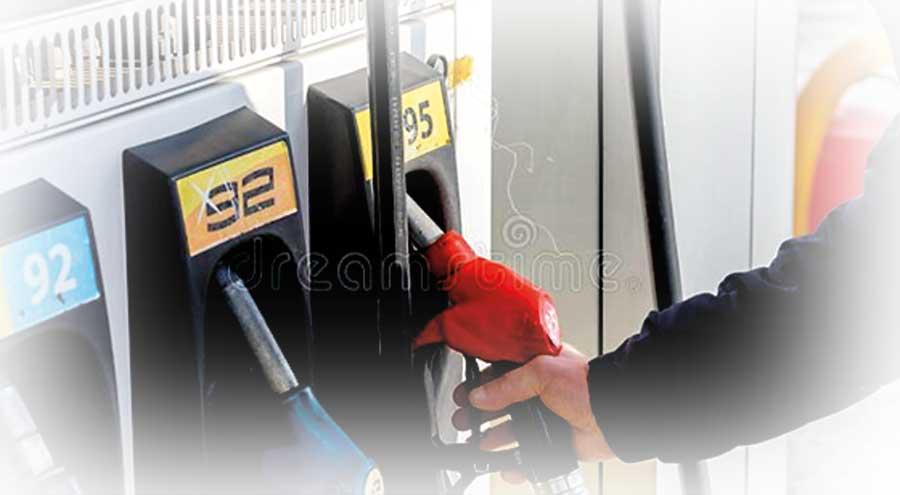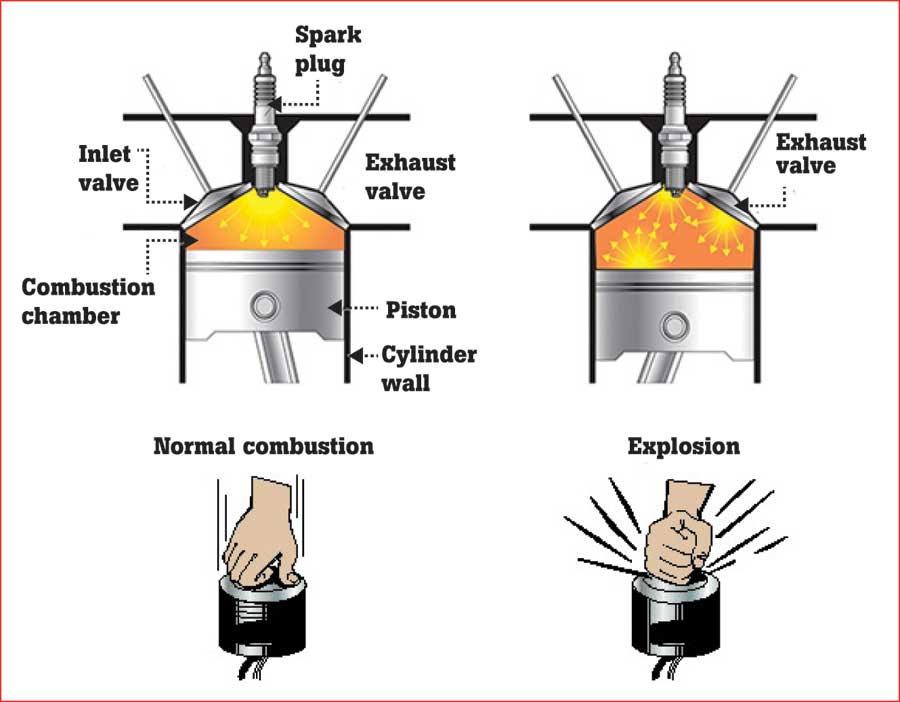29 Mar 2021 - {{hitsCtrl.values.hits}}
Nope, high octane doesn’t give you that oomph

Many passenger vehicles, including three-wheelers and motorcycles, are fueled by octane 95 gasoline when octane 92 gasoline is available at a lower price.
 Otto Engines (Gasoline Engine) can burn most hydrocarbon fuels (Including hydrogen and ethanol) that can mix with air by evaporation (low boiling point). But the combustion characteristics of different hydrocarbons are not the same when burned inside an engine. If an Otto Engine is designed for a particular fuel, it would not perform similarly with a fuel that has a different chemical composition.
Otto Engines (Gasoline Engine) can burn most hydrocarbon fuels (Including hydrogen and ethanol) that can mix with air by evaporation (low boiling point). But the combustion characteristics of different hydrocarbons are not the same when burned inside an engine. If an Otto Engine is designed for a particular fuel, it would not perform similarly with a fuel that has a different chemical composition.
In a well-tuned Otto engine run on gasoline for which the engine is designed, the combustion of the gasoline/air mixture will continue smoothly from the spark plug to the piston head by igniting successive layers of the mixture as shown in Figure 1 (a).
If low-grade gasoline types are used, the combustion of some of the air/fuel mixture in the cylinder does not result from propagation of the flame front initiated by the spark plug, but one or more pockets of air/fuel mixture explode (Detonate) outside the envelope of the normal combustion front as shown in Figure 1 (b).
This detonation can cause severe damage to the piston and the head of the engine while deteriorating the thermal performance of the engine (low efficiency)
Gasoline is a petroleum-derived product comprising a mixture of different hydrocarbons ranging from 4 to 12 carbon atoms in a carbon chain with a boiling ranging of 30–225°C. It is predominantly a mixture of paraffin, naphthenes, aromatics and olefins.
Additives and blending agents are also added to improve the performance and stability of gasoline. The engine designers know that straight-chain paraffin has a much higher tendency to detonate than do branched-chain paraffin.
The tendency of particular gasoline to detonate is expressed by its octane number (ON). Arbitrarily, tri-methyl-pentane, C8H18(iso-octane) is assigned anON of 100, while the straight-chain paraffin n-heptane, C7H16 is given an ON of zero.
Hence, a petrol sample with the same anti-detonation quality as that of a mixture containing 90% iso-octane and 10% n-heptane is said to have an ONof 90.
Petrol is made up of a mixture of mostly branched-chain paraffin with suitable additives to give an ON in the range of 90–100.
It was also learned through experiments that the ON of a gasoline blend (e.g. gasoline and ethanol) can be calculated by the weighted average of each ON. Most importantly, the octane number has nothing to do with the heating value (calorific value) or the purity of the fuel.
Engine thermodynamics show that engines with a high compression ratio offer higher thermal performance than engines with a low compression ratio. These engines with a high compression ratio require high octane gasoline (for example octane 95) to avoid detonation.
 "Using gasoline with a higher octane rating for engines designed for a low octane rating (for example, 92 octane) would not provide an additional benefit or loss, other than the increased unit cost of travel"
"Using gasoline with a higher octane rating for engines designed for a low octane rating (for example, 92 octane) would not provide an additional benefit or loss, other than the increased unit cost of travel"
However, using gasoline with a higher octane rating for engines designed for a low octane rating (for example, 92 octane) would not provide an additional benefit or loss, other than the increased unit cost of travel. Therefore, it is important to know the designed octane number of the engine before fueling.
For example, the minimum ON requirement for two and three-wheelers in south Asia is 87. Japanese automobile manufacture like Toyota and Honda recommend gasoline with ON 92for most of their vehicles with Otto Engines.
Dr Saliya Jayasekara is a Senior Lecturer at the Department of Mechanical Engineering, University of Moratuwa
Dr Saliya Jayasekara received the BSc. degree in mechanical engineering from the University of Moratuwa in 2001, and the MSc. and PhD in decentralized power generation systems from Royal Institute of Technology, Sweden and the Melbourne University Australia in 2004 and 2013 respectively.
He has well over 13 years of national and international experience in the design and installation of centralised/decentralised power plants, boilers (utility/package) and heat exchangers. Currently, he is serving as a senior lecture at the University of Moratuwa, a visiting lecturer and a Fellow at Deakin University Australia.

Combustion characteristics of fuel/air mixture under compression: (a) Normal combustion,(b)explosion/detonation
27 Nov 2024 5 minute ago
27 Nov 2024 8 minute ago
27 Nov 2024 28 minute ago
27 Nov 2024 1 hours ago
27 Nov 2024 1 hours ago